Search
UT Southwestern No. 1 hospital in Dallas-Fort Worth, Best Hospital rankings show: Newsroom - UT Southwestern, Dallas, Texas
https://www.utsouthwestern.edu/newsroom/articles/year-2022/july-us-news-best-hospital.html?utm_source=facebook&utm_medium=organic&utm_campaign=newsroom&utm_content=usnwrrankings&utm_utm-audience=na&fbclid=IwAR3tY4r24j2gT-WKC5ar4jpT51bBLwVrirgZfpXOMV_c4aSikMhT6vdPJaI

UT Southwestern Medical Center is the No. 1 hospital in Dallas-Fort Worth – the nation’s fourth-largest metro area – for the sixth consecutive year and ranks among the top hospitals nationally in nine specialties ranging from brain to heart to cancer care.
Drug targeting clear cell renal cell carcinoma shows promising approach: Newsroom - UT Southwestern, Dallas, Texas
https://www.utsouthwestern.edu/newsroom/articles/year-2024/april-drug-targeting.html?fbclid=IwZXh0bgNhZW0CMTAAAR0qoz8aKfkpZ4rNlkoFjJ8sV79sQ2-f4lQZnwo4mrwmIuesBO1MZBeXY5k_aem_AW94ESPIrgDPqPPcOV5mP2WhgDKWR5Va4l6-c5sfofp7Ef5re9IgqYH2ny9w9W9k7N0tLdmNlrnLlDUk8umOFYRT
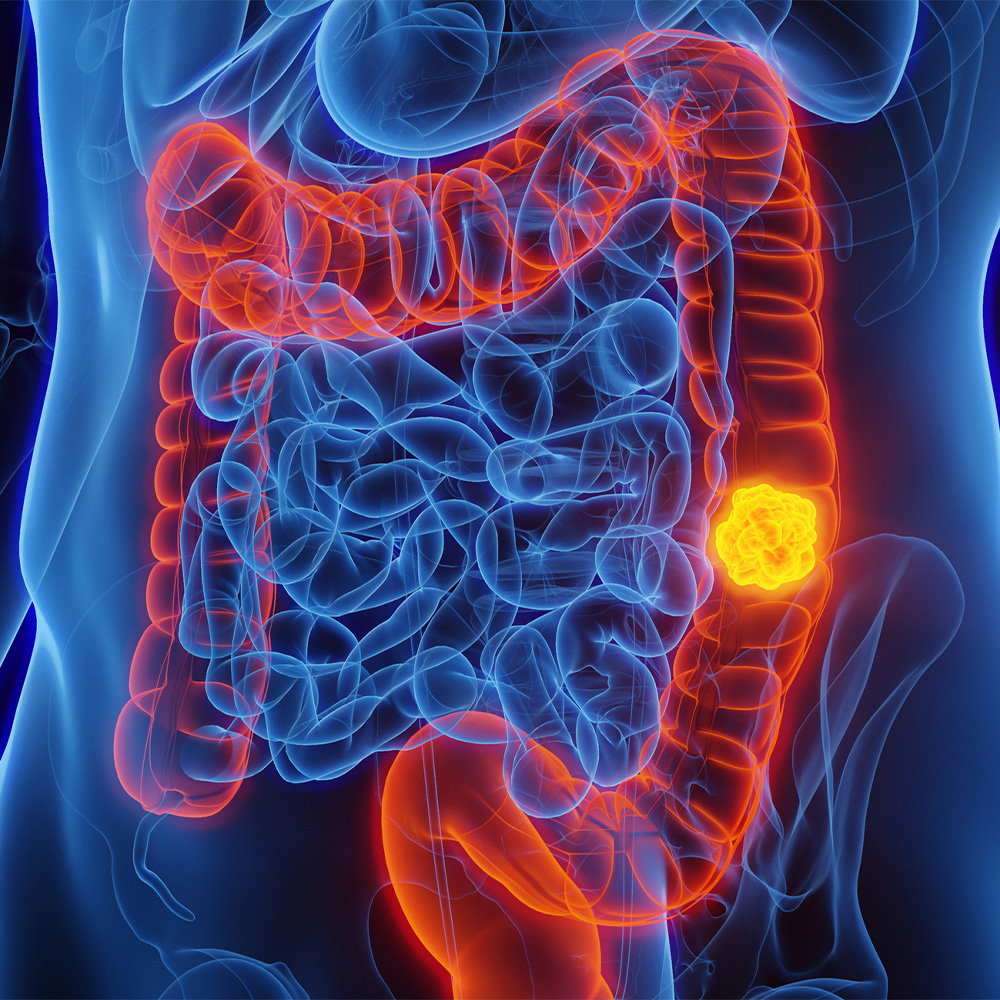
– In a groundbreaking phase one clinical trial led by UT Southwestern Medical Center, a short interfering RNA (siRNA) drug directed to tumor cells, ARO-HIF2, effectively disrupted HIF2α, a key driver of clear cell renal cell carcinoma (ccRCC).
Three drugs target resistant breast cancers driven by HER2 mutations
https://www.utsouthwestern.edu/newsroom/articles/year-2023/nov-triple-therapy-her2.html
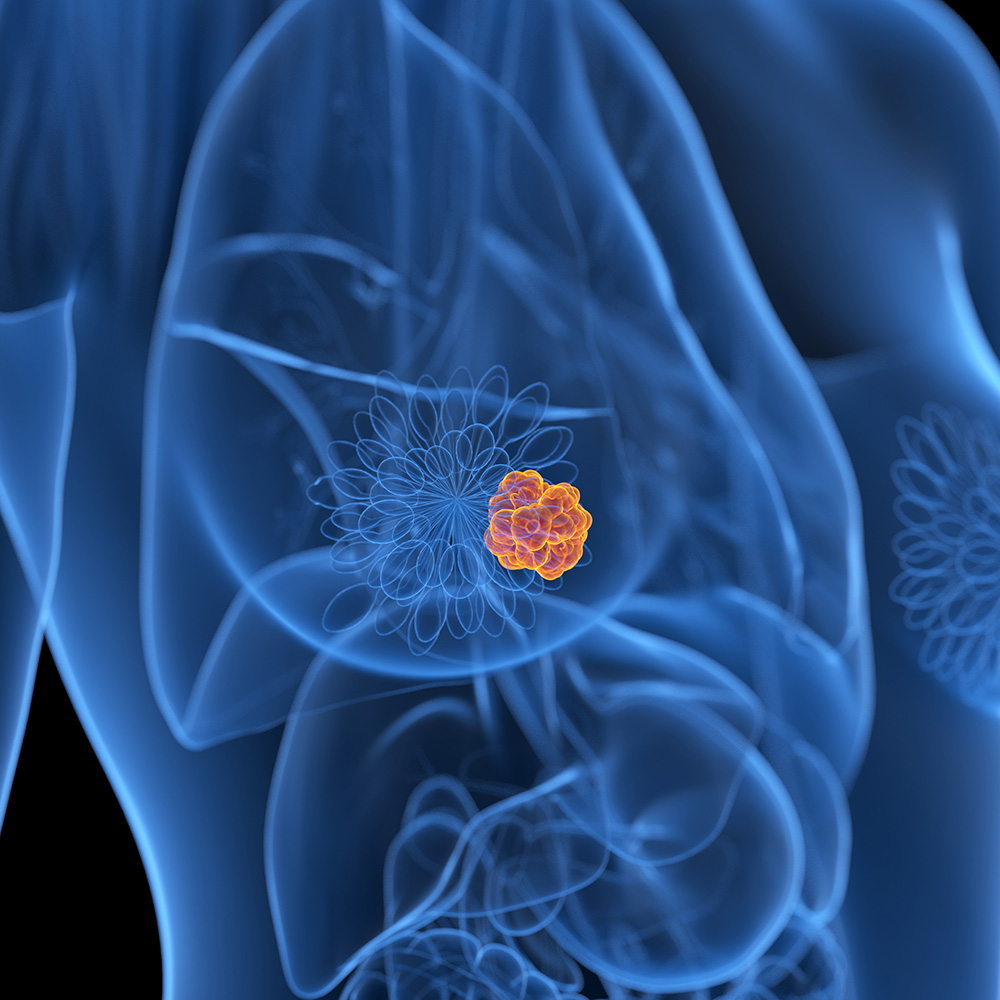
A targeted therapy using three different drugs significantly delayed progression and extended survival for breast cancer patients whose HER2 gene is mutated.
News Releases: Newsroom - UT Southwestern, Dallas, TX
https://www.utsouthwestern.edu/newsroom/articles/?search=&phrase=Women's+Health&
Read past stories about the extraordinary work being done and the passionate people behind it.
Exercise improves memory, boosts blood flow to brain - UT Southwestern, Dallas, Texas
https://www.utsouthwestern.edu/newsroom/articles/year-2020/exercise-improves-memory-boosts-blood-flow-to-brain.html

Scientists have collected plenty of evidence linking exercise to brain health, with some research suggesting fitness may even improve memory.
Big variability in blood pressure readings between anatomical sites: Newsroom - UT Southwestern, Dallas, Texas
https://www.utsouthwestern.edu/newsroom/articles/year-2020/big-variability-in-blood-pressure-readings-between-anatomical-sites.html
Blood pressure readings taken from neuroscience intensive care unit (NSICU) patients had marked differences between opposite sides of the body and different anatomical sites in each individual
Two studies shed light on how, where body can add new fat cells: Newsroom - UT Southwestern, Dallas, Texas
https://www.utsouthwestern.edu/newsroom/articles/year-2021/where-body-can-add-new-fat-cells.html
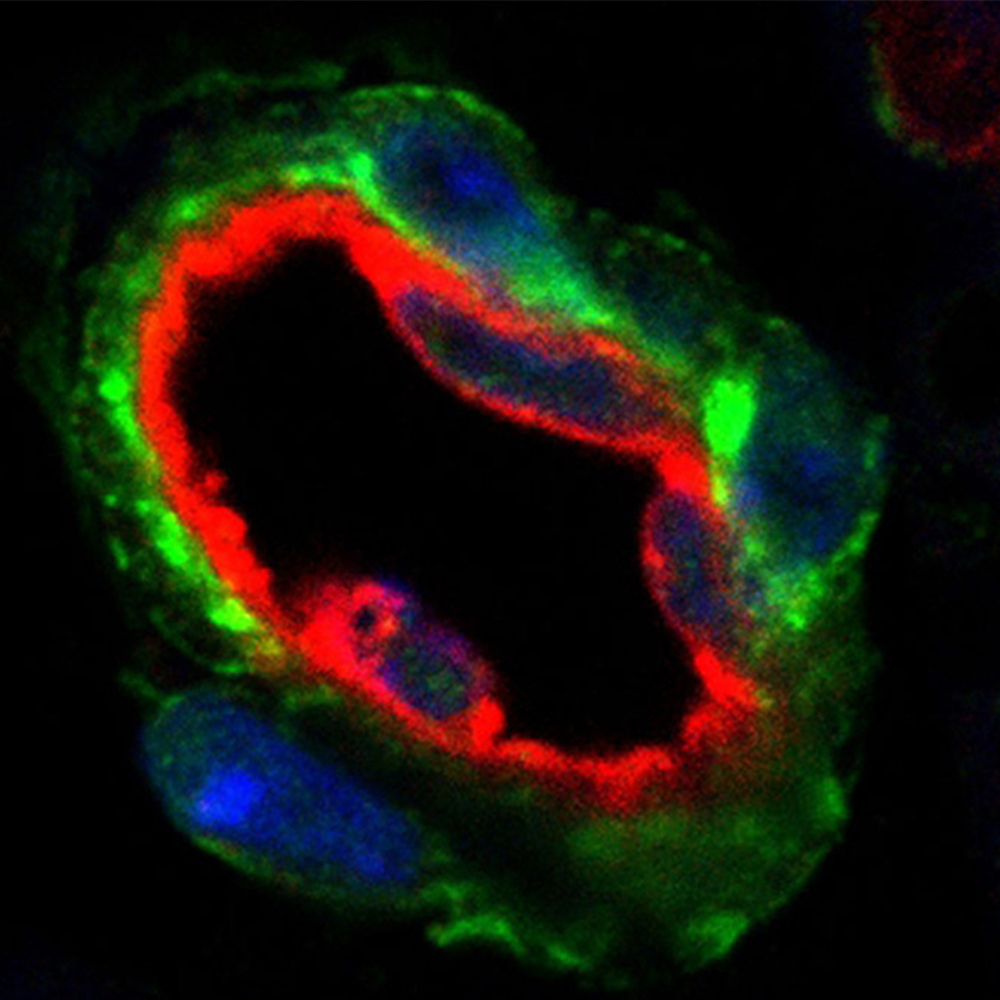
Gaining more fat cells is probably not what most people want, although that might be exactly what they need to fight off diabetes and other diseases.
UT Southwestern surgeon offers insight on elbow injuries among young baseball players: Newsroom - UT Southwestern, Dallas, Texas
https://www.utsouthwestern.edu/newsroom/articles/year-2023/april-elbow-injuries-among-young-baseball-players.html

Tears or ruptures of the ulnar collateral ligament (UCL) are the most common elbow injury among baseball players from youth leagues to the major leagues, especially pitchers.
Children’s Research Institute at UT Southwestern discovers tumor growth fueled by nucleotide salvage: Newsroom - UT Southwestern, Dallas, Texas
https://www.utsouthwestern.edu/newsroom/articles/year-2024/july-childrens-ut-tumor-growth-nucleotide-salvage.html
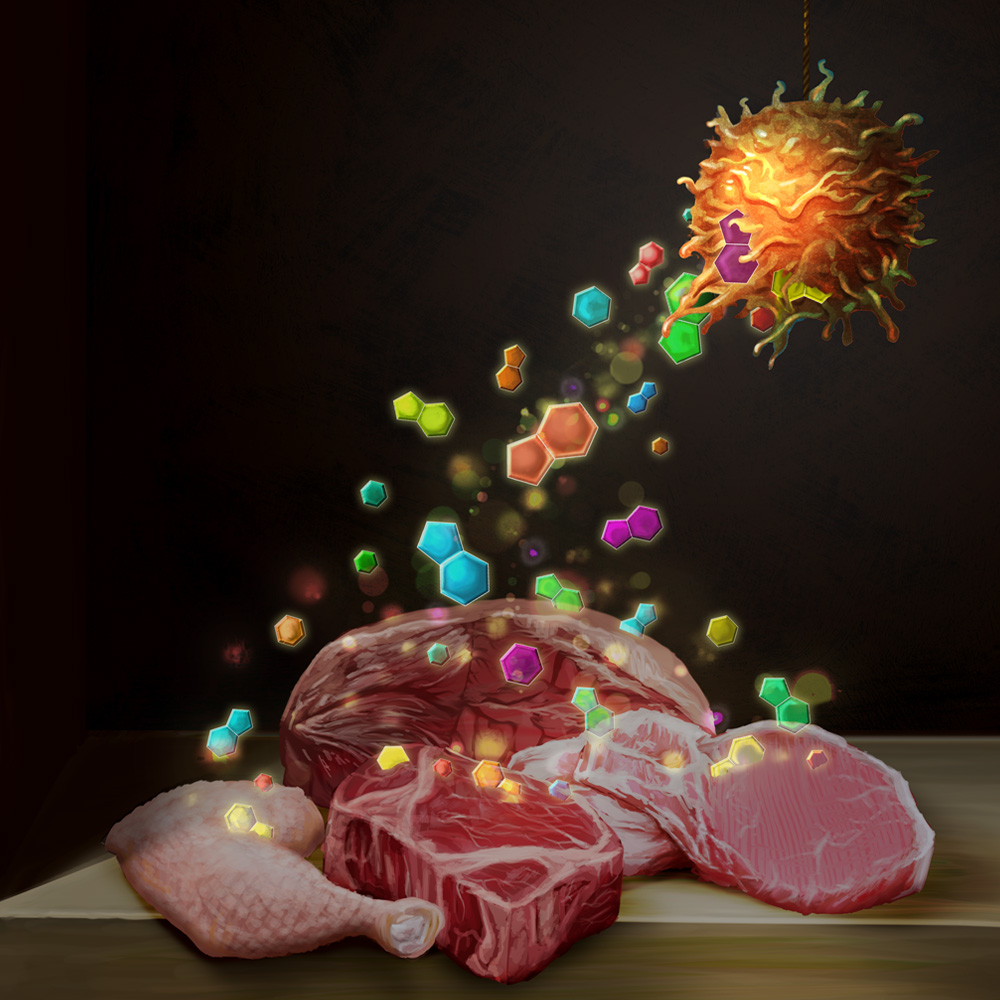
Cancer cells salvage purine nucleotides to fuel tumor growth, including purines in foods we eat, an important discovery with implications for cancer therapies from research by Children’s Medical Center Research Institute at UT Southwestern published in Cell.
UTSW study finds potential strategy for fighting obesity: Newsroom - UT Southwestern, Dallas, Texas
https://www.utsouthwestern.edu/newsroom/articles/year-2021/utsw-study-finds-potential-strategy-for-fighting-obesity.html
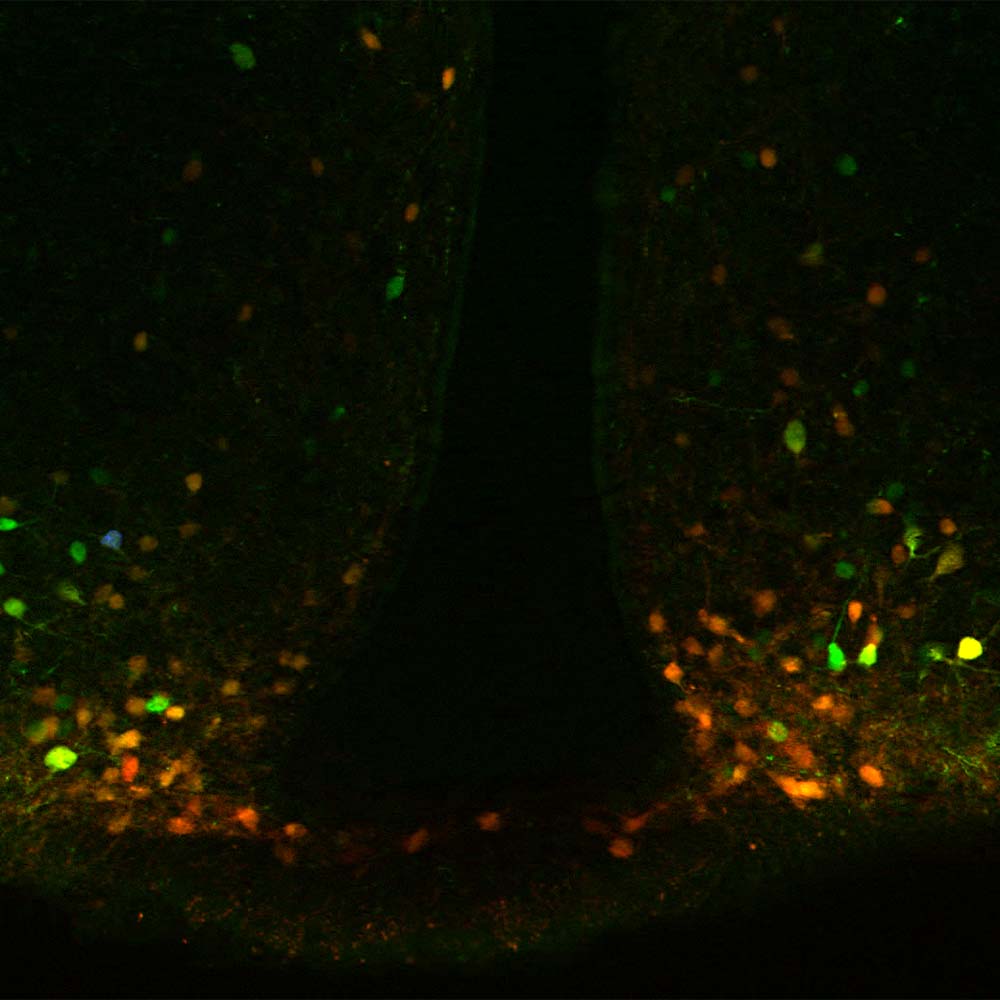
UT Southwestern scientists may have identified a method of safely mimicking the weight-loss benefits of a plant compound that – despite its harmful side effects – hold critical answers to developing therapies for obesity.
